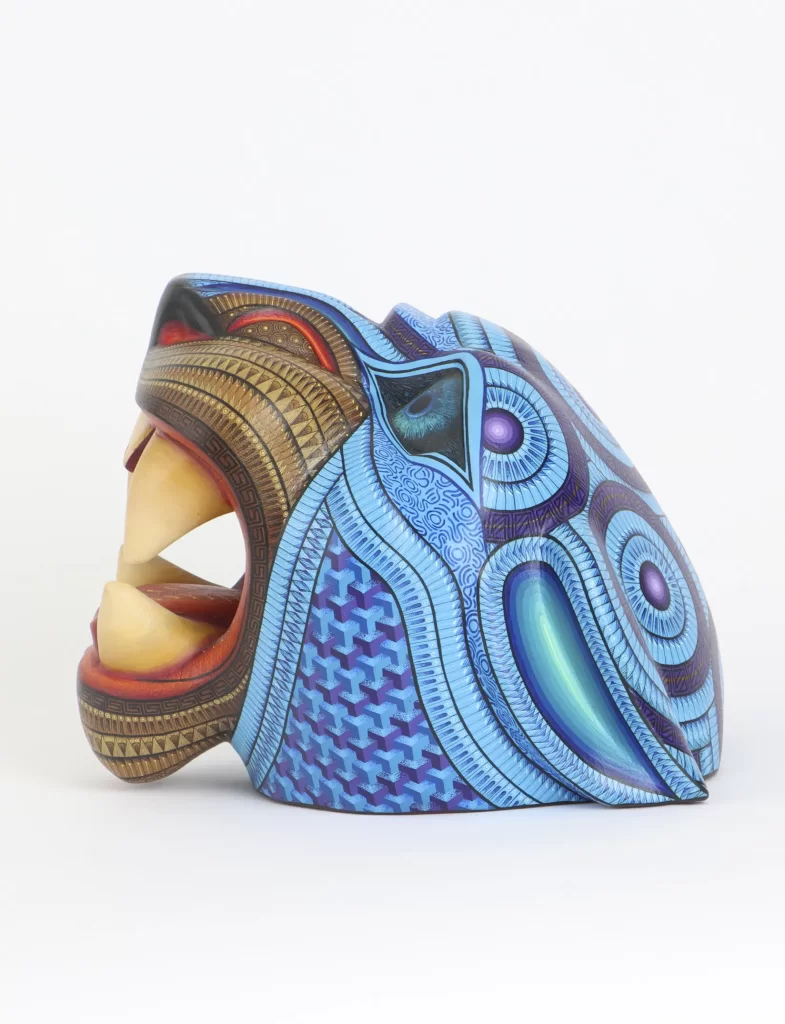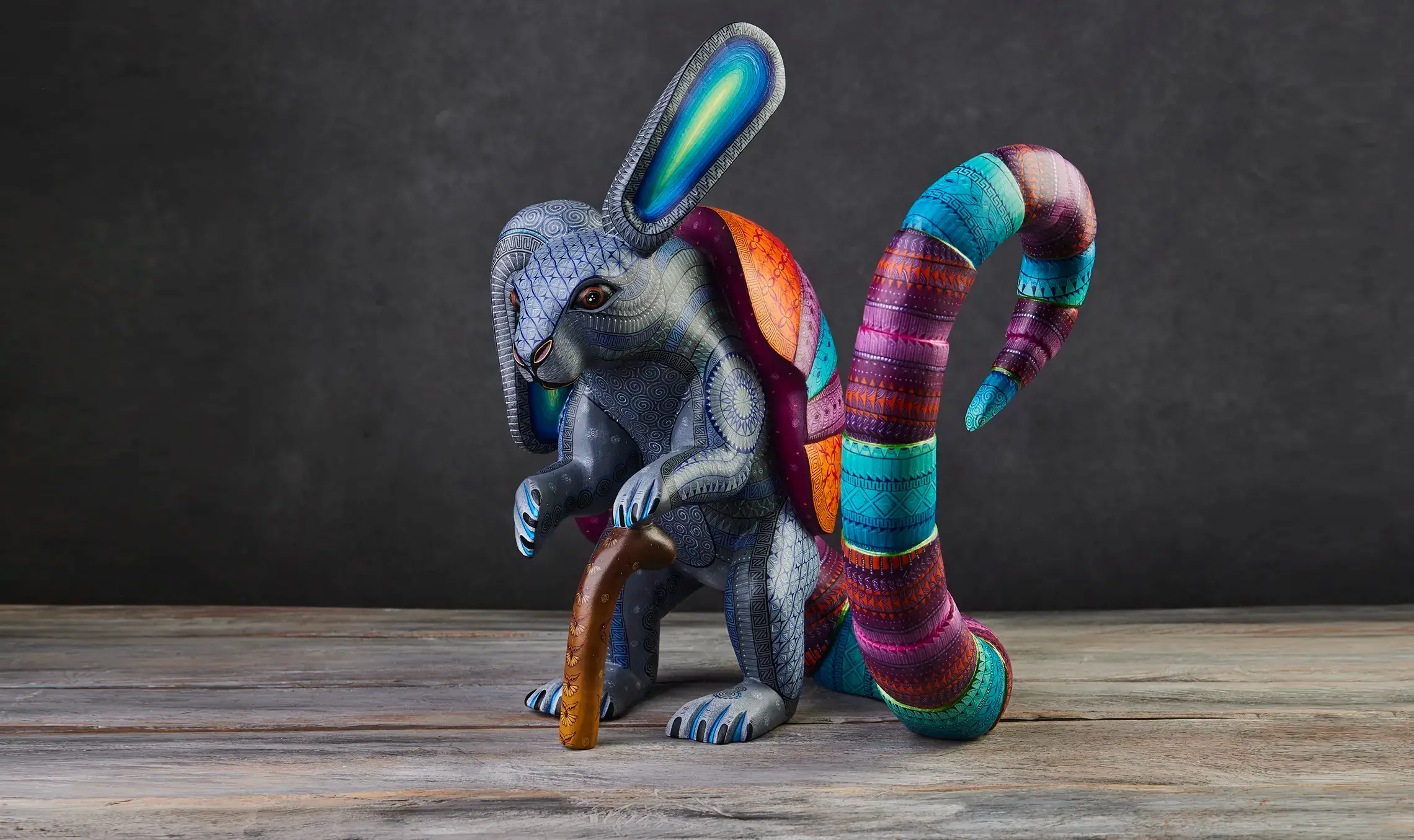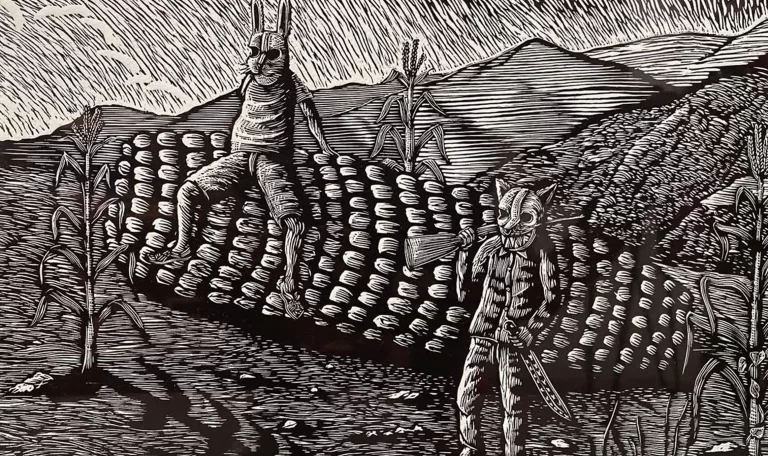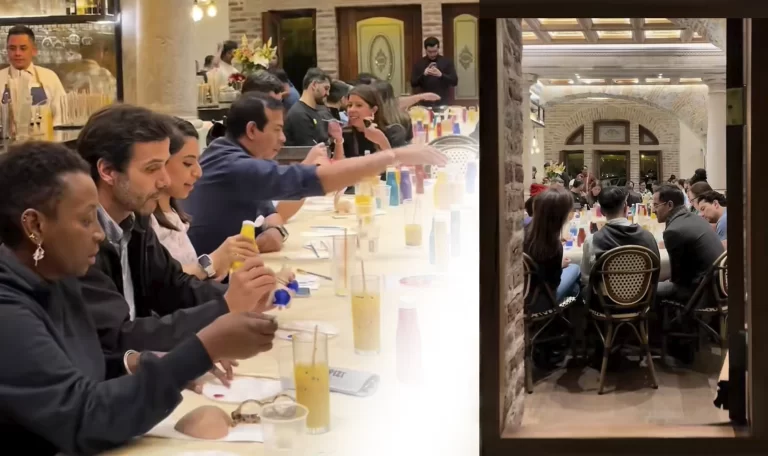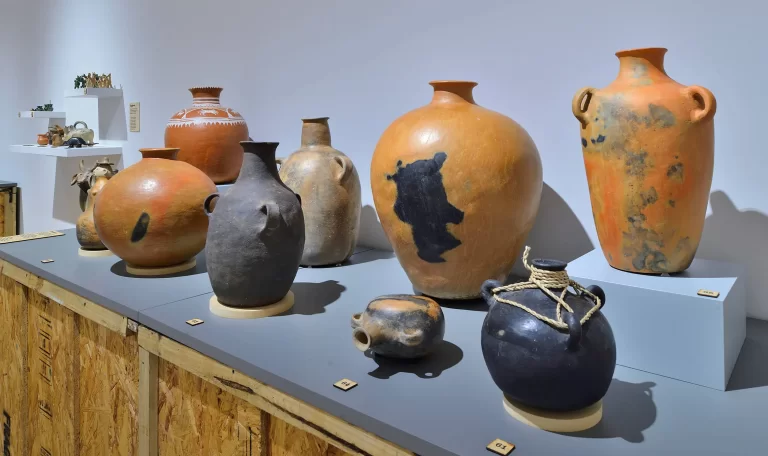At DeCorazón México, we celebrate the richness of Mexican folk art and crafts, rescuing its ancestral techniques and promoting the legacy of master artisans. On this occasion, we explore the Zapotec grecas, one of the most emblematic designs of Oaxacan culture. These intricate geometric figures have decorated temples, textiles and ceramics for centuries, transmitting the cosmovision of one of the most influential civilizations of Mesoamerica.
The Origin of the Grecas in the Zapotec Culture
Zapotec grecas are geometric patterns formed by interlaced lines, spirals and staggered figures. Their origin dates back to the architecture of the ancient city of Mitla, a Zapotec ceremonial center in the Valley of Oaxaca, where they can still be seen in stone reliefs adorning temples and palaces. Unlike other Mesoamerican civilizations that used large sculptures or figurative reliefs, the Zapotec opted for geometric abstraction to capture their vision of the universe.
It is believed that these forms symbolize fundamental concepts of their worldview:
- The passage of time: Represented by intertwined lines that evoke infinity.
- Water and wind: spirals and undulations that refer to elements essential for life.
- The duality of the world: Staggered shapes representing the connection between heaven and earth.
The fretwork was not only an ornament, but a form of symbolic writing, a way in which the Zapotecs left testimony of their beliefs and their relationship with nature.
Grecas in Oaxacan Craftsmanship
Over the centuries, Zapotec fretwork transcended architecture and became a hallmark of Oaxacan folk art. Their use has been kept alive in diverse artisan manifestations, adapting to new techniques and materials without losing their original essence.
Tapetes de Teotitlán del Valle
One of the most representative examples of the use of grecas today are the wool rugs woven in Teotitlán, a town in Oaxaca famous for its handcrafted textiles. Zapotec weavers have preserved this tradition for generations, using natural dyes extracted from cochineal, indigo and other local plants. Each rug tells a story, with fretwork patterns that evoke myths, natural elements and symbols of power.
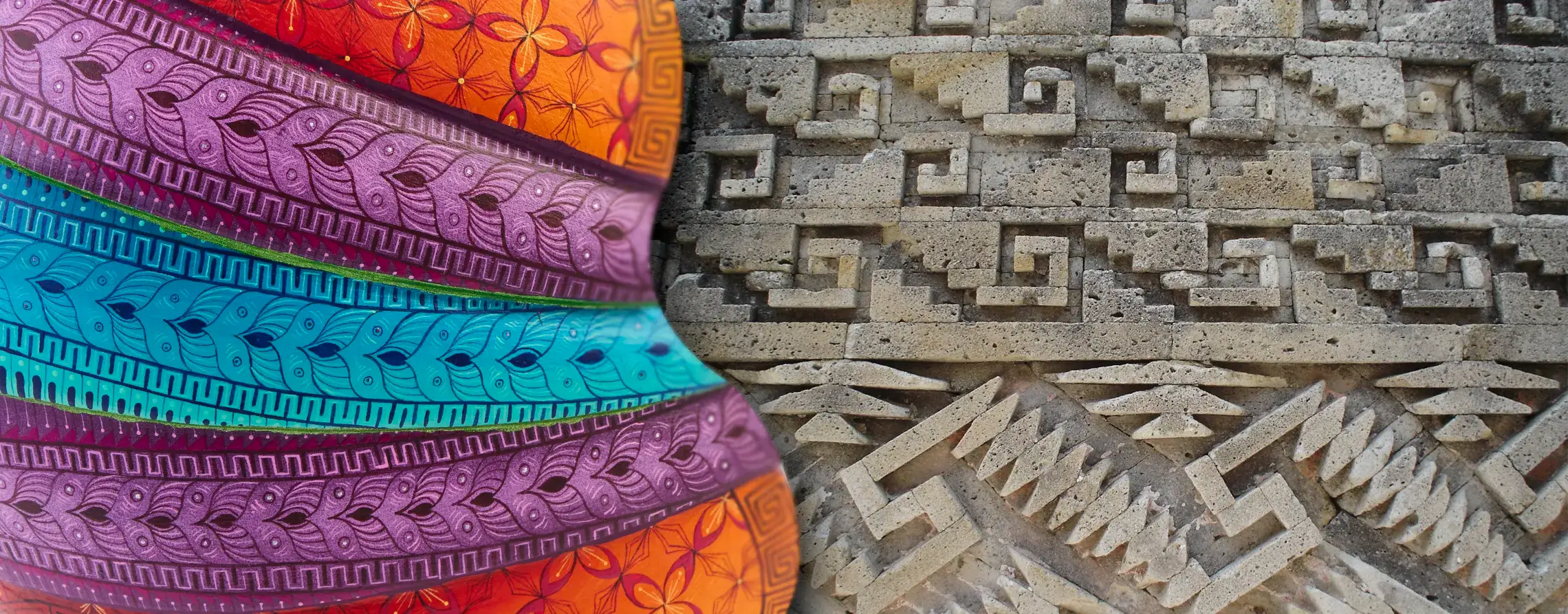
Alebrijes and Ceramics
Alebrijes, fantastic figures carved from copal wood and decorated with vibrant colors, have also incorporated the art of fretwork. These imaginary creatures, originally from San Martin and Tejalapan, Oaxaca, carry on their bodies patterns inspired by ancient Zapotec designs, fusing the traditional with the contemporary.
Likewise, Oaxacan pottery, especially the black clay from Coyotepec, presents delicate engravings with fretwork, keeping alive the legacy of the Zapotec culture in each piece.
Jewelry and Other Handicrafts
The fretwork design has also been adopted in Oaxacan goldsmithing, where master silversmiths use them to create intricate earrings, necklaces and bracelets inspired by the temples of Mitla. In addition, in saddlery, grecas appear engraved on belts, bags and other leather accessories, showing the versatility and the rootedness of these patterns in the cultural identity of Oaxaca.
The Legacy of Las Grecas: Living Tradition
Over the centuries, the Zapotec fretwork has evolved without losing its essence. What was once a sacred symbol carved in stone, today is expressed in textiles, wood, ceramics and metal, demonstrating the strength and permanence of the Oaxacan artisan tradition.
At DeCorazón México, we are proud to spread and preserve these artistic expressions, supporting the artisans who keep alive the heritage of the ancient Zapotecs. By acquiring a piece with Zapotec fretwork, we not only bring art to our spaces, but we also honor a history of resistance, creativity and connection to our roots.
If you are interested in learning more about the richness of Mexican folk art, visit our collection of alebrijes, textiles and ceramics at DeCorazón México, where each piece tells a story of tradition and artisanal mastery.
